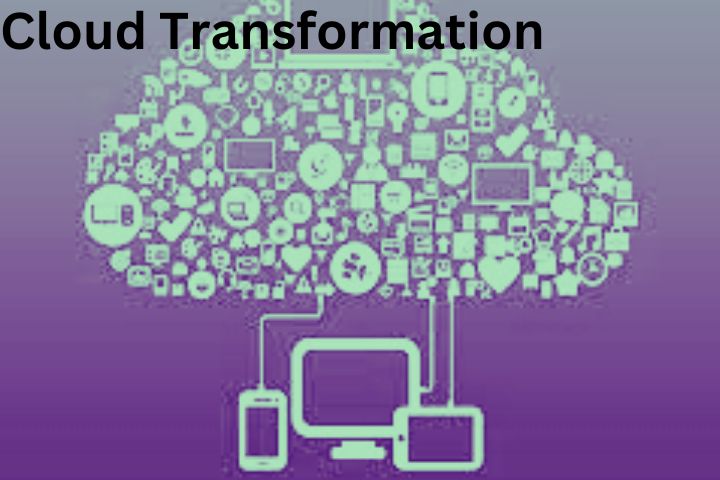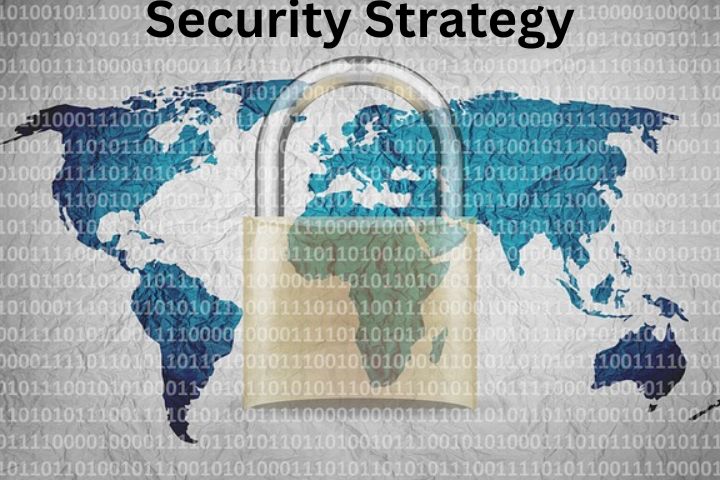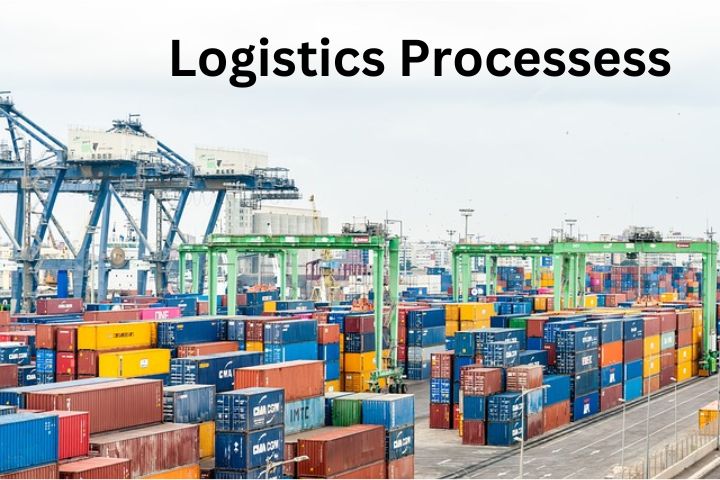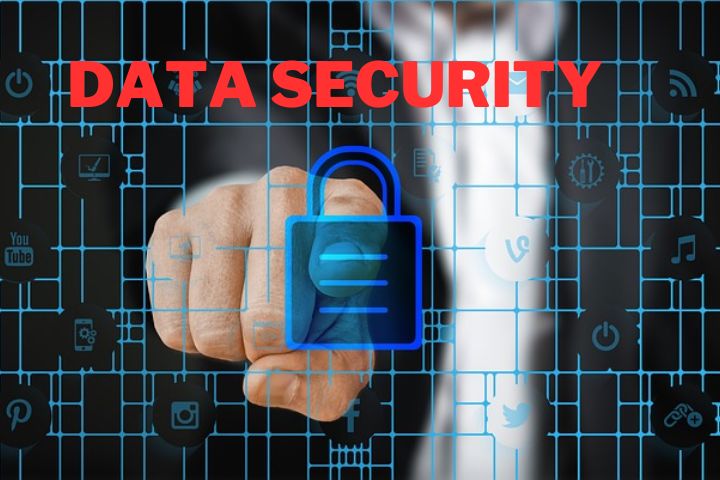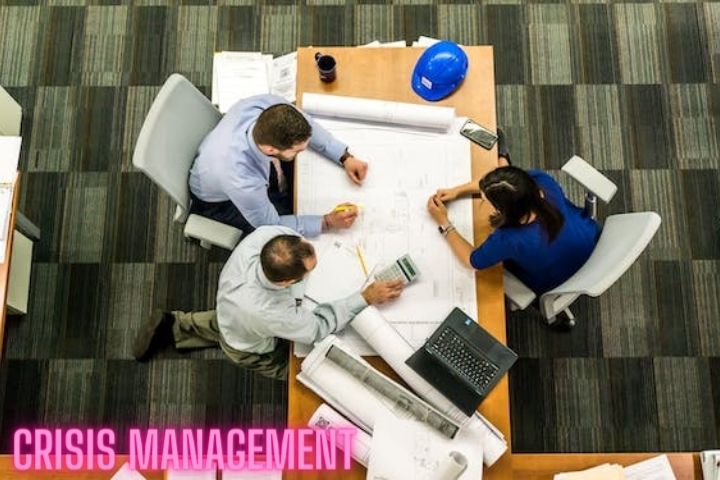
Global crises such as climate change or pandemics create a reality where threats are omnipresent. The answer to this new reality lies in developing resilient crisis management strategies. There is no way around the use of modern technologies.
Whether natural disasters like floods worldwide, armed conflicts like in Ukraine, or climate-related weather events: crises of various kinds have forced their way into our perception much more often and to a greater extent. Moreover, they have become part of our reality, which is increasingly characterized by insecurity in public safety. In addition to the risks of locally limited emergencies, such as chemical spills or killing sprees, we face far-reaching challenges in the form of the consequences of climate change. Modern technologies can contribute to crisis management.
Crisis management: adapting to the reality of climate change
We must confront these threats without further delay and excuses. It is no longer enough to contain crises and only react to them. Rather, resilient disaster management strategies must take a holistic approach. And we must not limit ourselves to installing early warning systems. Although these are no longer a nice-to-have but are a cornerstone of any crisis management strategy, solutions must be thought of on a larger scale. In addition, we must adapt to the reality of climate change with all its consequences.
This also includes shedding time-consuming and manual approaches to crisis management that have long been outdated. Modern Critical Event Management (CEM) solutions are based on automation, fast workflows, and efficient communication. And they are holistically oriented: from the early identification of sources of danger and the rapid implementation of suitable countermeasures to the subsequent analysis of the incidents and reaction because only those who uncover the weak points in their systems and courses of action can also close them.
The ability to react quickly defuses threatening situations.
For more security in times of uncertainty, we also need optimal networking of departments and organizations because only the fast and uncomplicated exchange of information leads to the ability to react, which makes a difference in defusing threats. Modern solutions are required for implementation, such as cell broadcasting technology to warn people affected in crisis areas – known, among other things, from the nationwide warning days on which citizens received test alarms on their smartphones.
Strengthening one’s resilience against climate risks is not optional for companies or governments. And the time to act is now. With holistic solutions, we must arm ourselves against a wide range of climate and socio-economic risks to save lives, stabilize the economy and protect goods. The technologies for this are ready for use.

